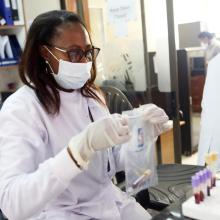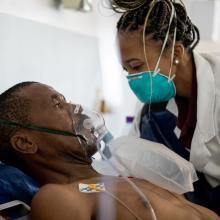TB Elimination
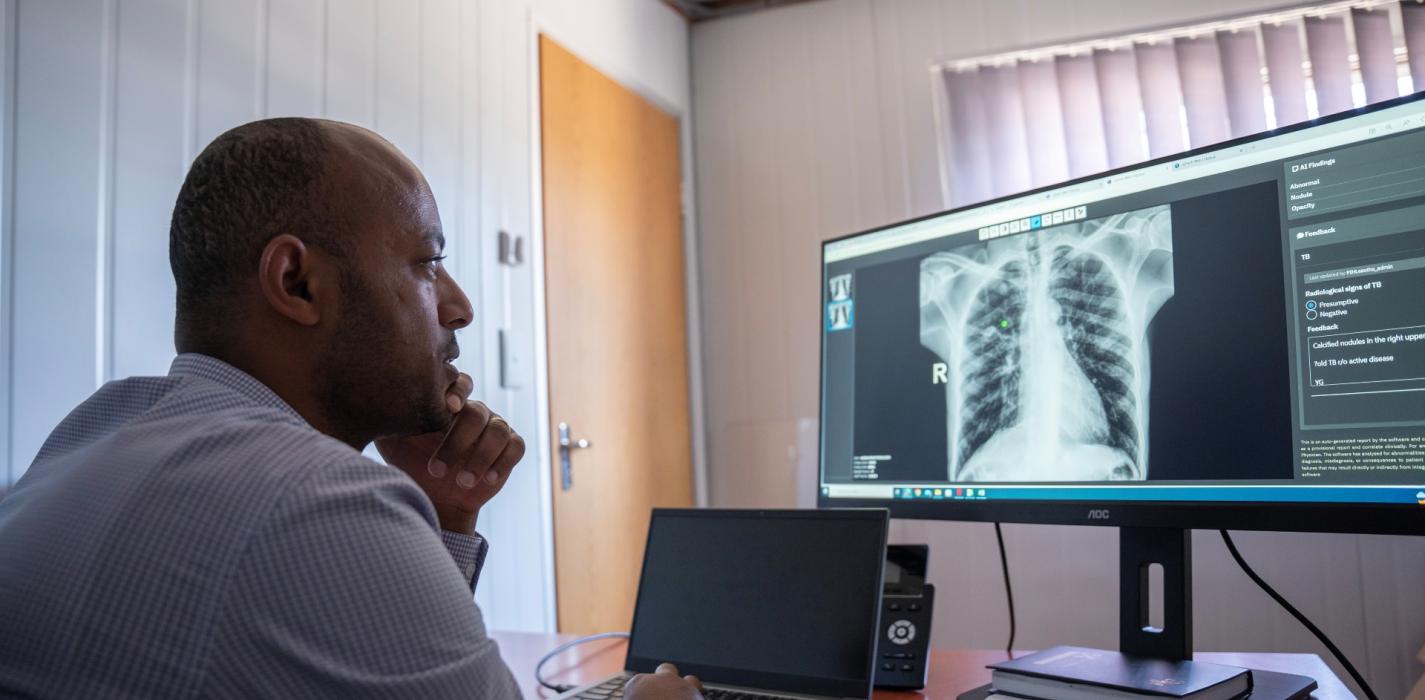
The TB Elimination Project is a strategic initiative aimed at achieving tuberculosis elimination by implementing the innovative “Search, Treat, and Prevent” approach in targeted areas. Over five years, PIH Lesotho seeks to detect and treat an additional 5,151 people with TB, significantly reducing TB incidence and advancing toward national elimination goals.
Our Impact
In PIH Rural Clinics, Decentralization Of Xpert Machines And Introduction Of New Screening And Diagnostic Tools And Systems Such As AI, Teleradiology, TB Hunter And GIS Have Drastically Increased TB Detection.
-
60%Total National Coverage Gap for actual TB case findings
For actual TB cases reported and expected TB cases reported
-
19%Treatment coverage gap in Rural Initiative facilities
For all forms of TB
-
82%treatment coverage gap in Mohale's Hoek
For all forms of TB
The TB Elimination Project is a bold, transformative initiative led by Partners In Health Lesotho and it aims to drastically reduce the burden of tuberculosis through an innovative “Search, Treat, and Prevent” approach. Targeting some of the country’s most affected districts including Mohale’s Hoek, Berea, Leribe, and Butha-Buthe, the project integrates community-driven TB screening, decentralized diagnostics, and robust treatment pathways. With the aid of the PIH-designed “TB Hunter” data system, the project enables real-time management of cases, tracks linkages to care, and supports contact tracing efforts. Stable drug-sensitive TB patients receive care at local health centers, while drug-resistant and critically ill patients are referred to specialized facilities like Ntsekhe Hospital and the Botšabelo MDR-TB Hospital. Preventive therapy is rolled out at both community and facility levels for all eligible individuals without active TB, and patients with post-TB lung disease are also monitored and treated to improve long-term outcomes.
Achieving TB Elimination
“Search”

- Intensive facility and community TB screening through outreaches.
- Use of the PIH-designed TB Hunter data system for real-time program management, drawing from AI-supported screening data, and testing and contact tracing follow-up.
- Use of improved diagnostic tools to confirm TB that are point-of-care and/or use more accessible samples.
- Use of GIS for identification of TB hotspots, mass community TB screening and active contact tracing.
“Treat”

- Stable drug-sensitive TB patients are linked to care and social support at the health centers.
- Patients with Drug Resistant TB will be linked to Mohale’s Hoek district hospital for care
- Critically ill patients are linked to PIH-managed national Bot’sabelo MDR TB hospital.
- Screening and care for post-TB lung disease (PTBLD).
“Prevent”
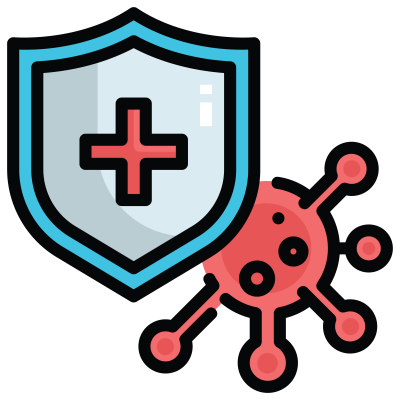
Strengthening contact tracing and TB preventive therapy for all eligible clients without active TB including:
- People living with HIV (PLHIV).
- Household contact persons.
- People with silicosis, a common occupational exposure in mining.
- Inmates and correctional staff.
- Health care workers
Improving TB Screening and diagnosis
Use of AI
Artificial Intelligence (AI) tool analyzes patients’ chest X-ray images and determines if the patients have been affected by TB in less than one minute.
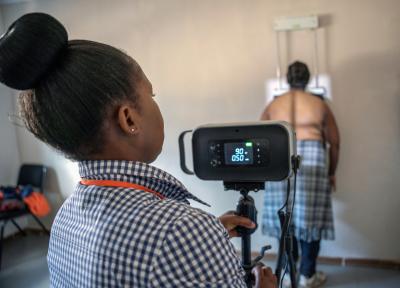
A PIH nurse at Tlhanyaku Health Centre using a portable X-Ray machine.
PIH Lesotho supports the Ministry of Health (MOH) in bringing new medical technologies and systems to advance health service delivery in hard-to-reach rural populations in Lesotho in its RI sites of Nkau, Nohana, Lebakeng, Bobete, Methalaneng, Manamaneng, Tlhanyaku. PIH Lesotho usea digital X-ray machines and Computer Aided Detection (CAD) for TB. This Artificial Intelligence (AI) tool analyzes patients’ chest X-ray images and determines if the patients have been affected by TB in less than one minute. The use of the AI has helped to improve TB screening and diagnosis.
Tele-radiography
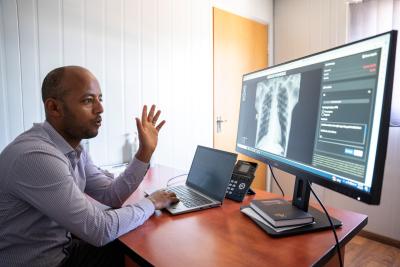
Dr. Yonathan Gebrewold, a Radiologist at PIH demonstrating how the TB hunter system works across the 7 sites in Lesotho.
PIH Lesotho has introduced tele-radiology system in its RI health centers and recruited a full-time radiologist to review chest x-ray images remotely and provide real-time feedback to the frontline clinicians. To implement this system successfully, PIH Lesotho equipped the health centers with internet, which enables the digital X-ray images to upload to the cloud. There, the radiologist accesses the images in real-time and provides written feedback to the frontline clinical team in less than 5 minutes. The frontline clinical team shares the results before patients leave the clinic.
TB Hunter System
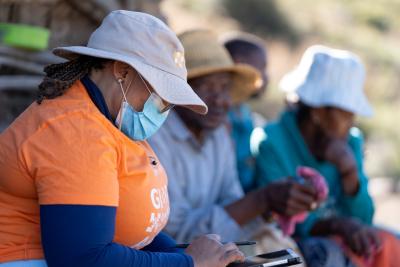
‘Maposholi Posholi, a TB Program Assistant at Nkau Health Center in Lesotho, screens a family for TB to conduct screening as part of the TB Hunter program in Lesotho.
The TB Hunter system incorporates tele-radiography and Geographic Information Systems (GIS) to further bolster its effectiveness. Through tele-radiography, medical images are transmitted to remote radiologists who provide expert interpretations, ensuring that even the most isolated communities receive high-quality diagnostic services. GIS technology is used to identify and map TB hotspots, enabling targeted interventions in areas with the highest TB burden. This strategic use of GIS ensures that resources are allocated efficiently, reaching the populations most in need and facilitating the swift containment of outbreaks.

